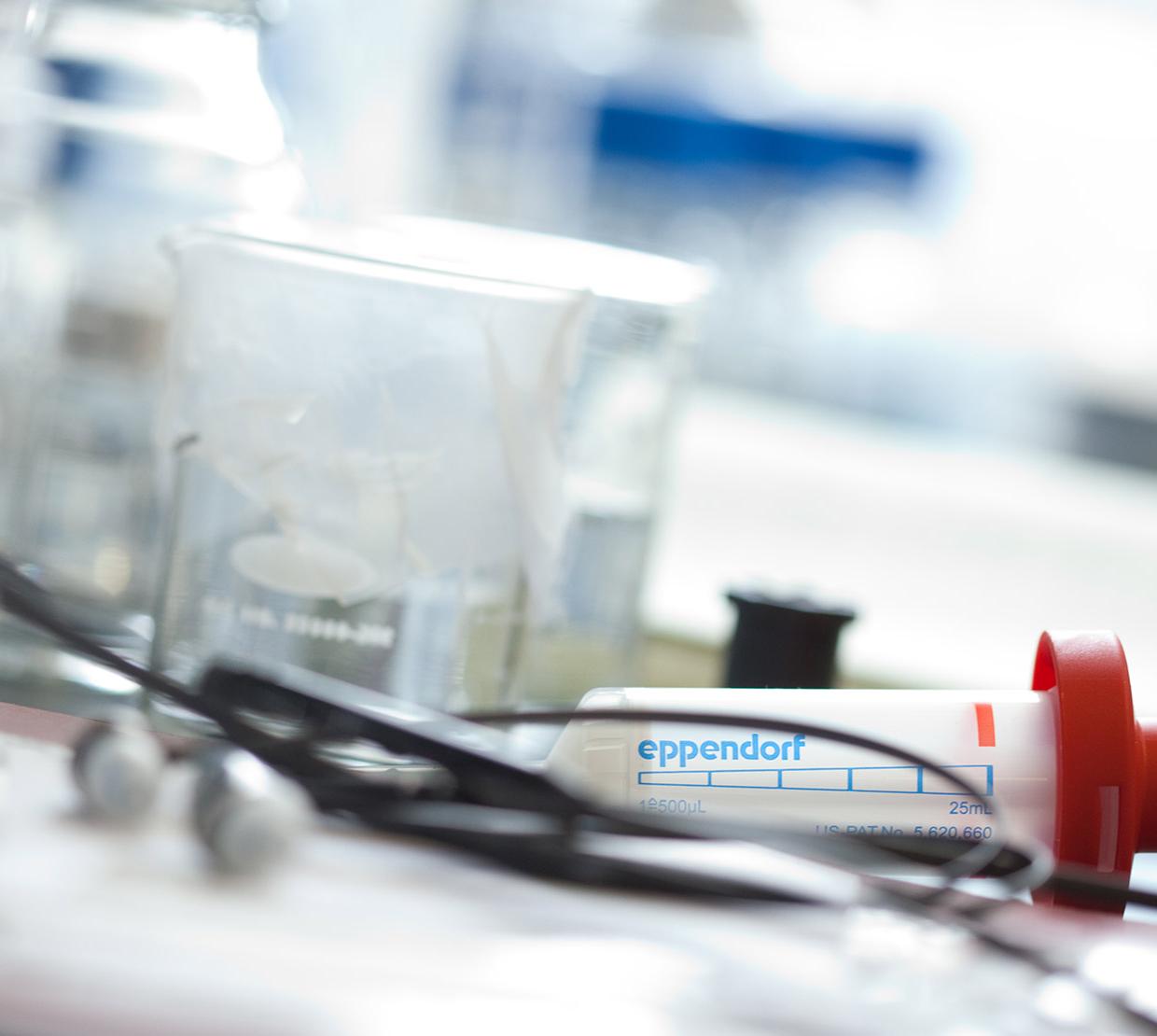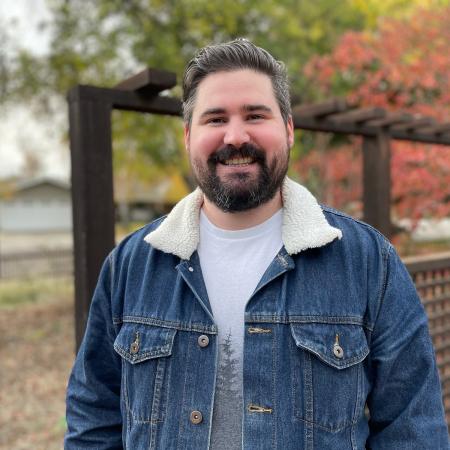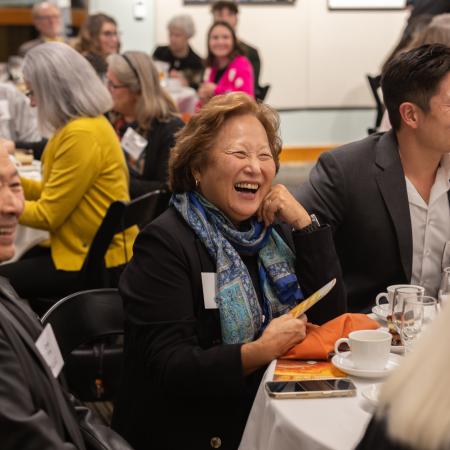Although she describes herself as “an unlikely science student,” Biochemistry and Biophysics and Honors College senior Lindsay Winkenbach can’t think of anything better than continuing her voyage of scientific adventure and discovery after graduation.
“Science is my true calling. It is something I am never not excited about.”
This summer she heads to Panama on a six-month fellowship that was awarded by the University of California at Santa Cruz’s Minority Health and Health Disparities International Training Program. Lindsay will study and research pathogen resistance in the cacao plant in Panama City. This research was the basis for her Honors Thesis.
Lindsay’s time in the Biochemistry and Biophysics Department has been enriched by “phenomenal relationships” with professors, colleagues and mentors. For example, she describes being taken out to dinner on her birthday by the program’s undergraduate advisors and having an ongoing “tea-trade” with a professor in which they swap teas from different countries.
“There is just so much collaboration and camaraderie in the department,” exclaimed Lindsay.
After Panama, Lindsay will apply to doctoral biochemistry and biophysics programs to pursue a career in research.
While growing up in Oregon City, Lindsay dreamed of becoming a doctor. Her parents work in the building industry, and Lindsay and her older sister are first generation college graduates. Lindsay studied in a high school where the science program was not very strong and she found herself exclusively involved in arts and humanities-centered activities. But her desire for a career in medicine and the sciences remained strong.
Like her sister, Lindsay was all set to go to the University of Oregon to study biology and theater when a visit to OSU changed everything. Through a friend, she met Biochemistry and Biophysics undergraduate advisor Kevin Ahern who talked to her about the program.
Lindsay was hooked. She applied to OSU as a Biochemistry and Biophysics major, got accepted, and has had a busy, eventful academic life ever since.
“That was one of the best decisions I could have made,” Lindsay asserted.
During her time at OSU, Lindsay enjoyed a multi-faceted study abroad experience in Querétaro, Mexico, where she studied Spanish and worked in a clinical chemistry lab at the Universidad Autonoma in Querétaro.
Lindsay has done extensive undergraduate research. Currently, she works as an advising mentor for new students and is a teaching assistant for biochemistry and biophysics general and majors courses. Her hyperactive portfolio has earned her a label.
“I am called the honorary graduate student in my year,” said Lindsay, “All that I have done has shown me what graduate school is going to be like.”
Lindsay is doing research in one of the most high-powered and exciting biology labs on campus. She works in Dr. Joseph Beckman’s Amyotropic Lateral Sclerosis (ALS) research lab, which was recently in the news for inventing a new therapy to stop the progression of ALS for nearly two years in mice.
Lindsay’s research focuses on enhancing understanding of the lab’s transgenic mouse model and studying ALS-related protein interactions in mice tissues.
Her lab experiences helped her realize just how much she enjoyed and loved research. She decided to pursue that as a career instead of medicine.
“I thought I had everything figured out for the next eight years,” laughed Lindsay. “But my research in Professor Beckman’s lab pretty much changed my career path.”
As a woman in science, Lindsay has encountered a few negative stereotypes that have shaped her undergraduate experience. But her response, she says, is to continue going full-throttle after her ambitions.
These gender biases have spurred Lindsay to become passionately involved in mentoring and outreach programs for women science students at OSU, and she has spoken about her experiences in various forums.
“I definitely want to see more women in science and for them not to get discouraged,” said Lindsay. “In the hard sciences, there is so much anxiety women feel, especially in their math and physics courses where they are six out of 50 students in the classroom.”




